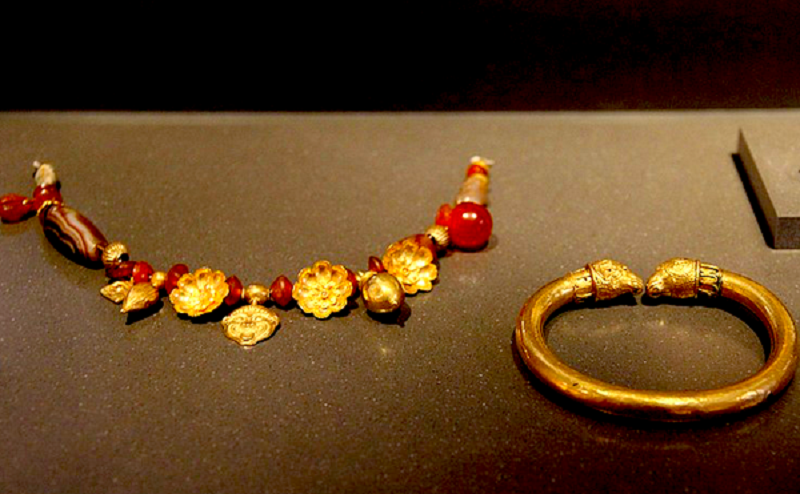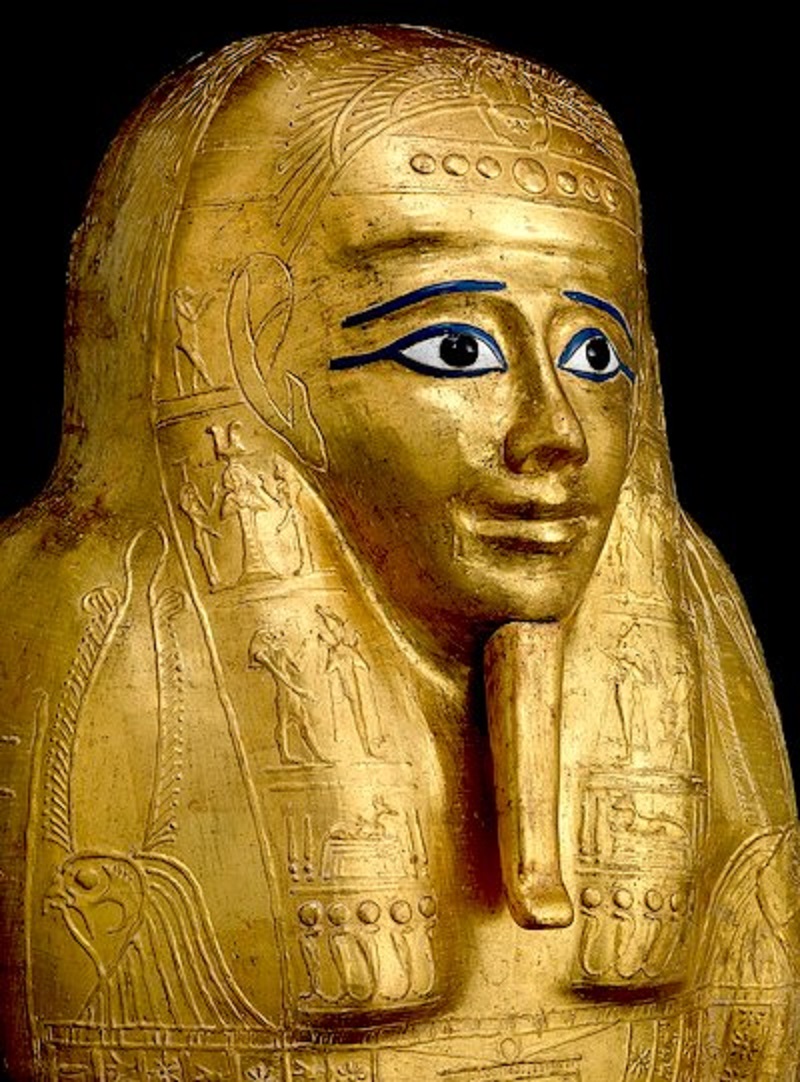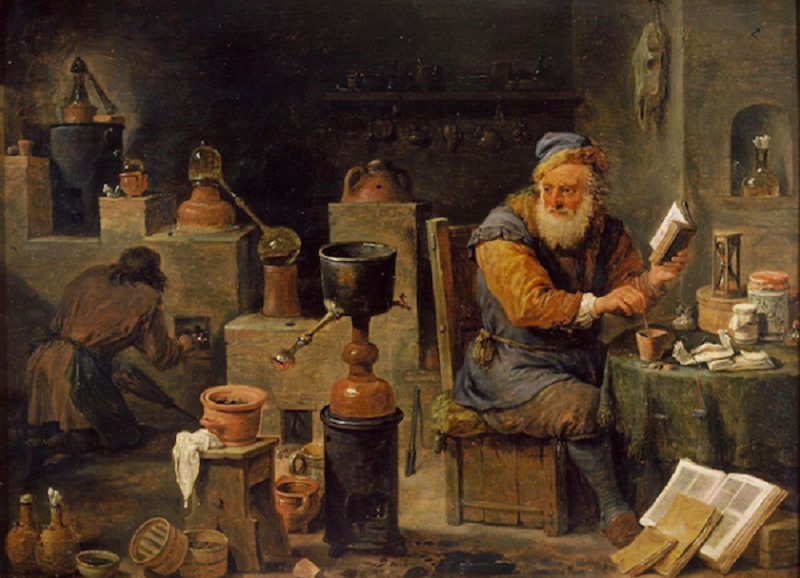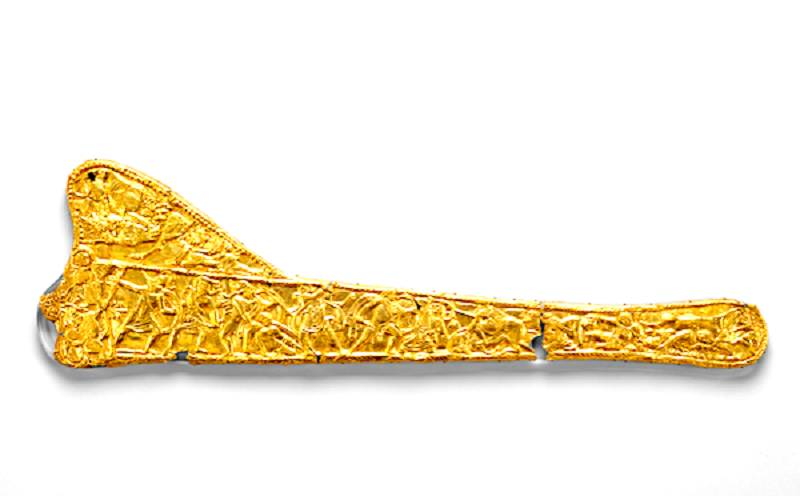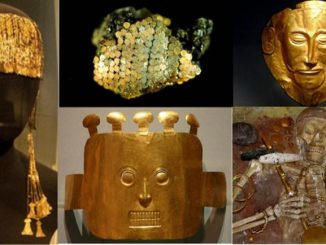For decades, items made of gold have been hyped by merchants for their desirability and are coveted by many as symbols of luxury, style and wealth. But this modern-day obsession with gold can actually be traced back to ancient cultures around the world.
Gold has been central to human history for thousands of years and appears in historical texts as early as 4000 BC. Due to its rarity and beauty, this metal is highly prized for its ability to be crafted into different objects for a variety of uses.
In ancient cultures, gold was associated with wealth, power and immortality. Let’s explore some initial uses:
Jewelry
While wearing a gold watch may epitomize today’s fashion for celebrities, the rich, and royalty, the use of gold in jewelry can be traced back to many ancient civilizations. in Egypt and Mesopotamia as well as other cultures in Korea, Japan and China.
In Korean society, rings, necklaces, earrings, and bracelets made from gold were worn by both aristocrats and royalty. Gold crowns and belts are reserved for royalty.
In Mesopotamia and Egypt, gold was used to make ornate jewelry including headdresses, earrings, rings, and pendants. Gold is a popular choice for jewelry because it does not tarnish easily, has a beautiful luster, and is durable.
Gifts
The beauty and value historically associated with gold have made this precious metal not only a symbol of wealth and status but also a perfect gift for a variety of occasions.
Early Chinese records have shown that gold and silver were widely used during the Christian period as gifts to express appreciation, love, respect, and honor.
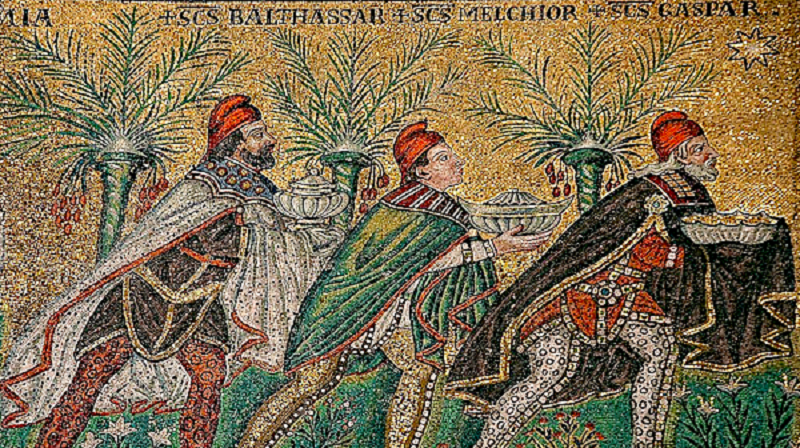
In ancient Egypt, gold was given as a gift to the gods and on other occasions it was given to pharaohs and other high-ranking officials to affirm loyalty and as a sign of respect. .
Similarly in ancient Mesopotamia, gold was also given to the gods as a symbol of appreciation and seeking divine intervention. Gold was also exchanged between leaders as gifts or given to military leaders to ease diplomatic tensions.
Territories threatened by Egypt such as Nubia, Syria and Palestine are said to have paid gold as tribute to the pharaohs.
Currency
Around 4000 BC, the Egyptians used gold as a form of currency, starting with gold bars and eventually moving to gold rings. Over time, other merchants around the world began to accept gold as a convenient medium of exchange. Gold bars were used as a form of currency and tax payment during the Silla Dynasty (57 BCE – 935 CE) in Korea and the Qing Dynasty (1644-1912) in China.
Gold coins in trade were recorded in the kingdom of Lydia in the 7th century BC. This kingdom, which covered much of modern-day Turkey and extended into Asia Minor, adopted the use of money and gold as a medium of exchange and through its territorial expansion was adopted by the Greeks. Lap and others accepted. Believed to be the first to establish permanent retail stores, the Lydians’ introduction of coinage revolutionized trade with other regions.
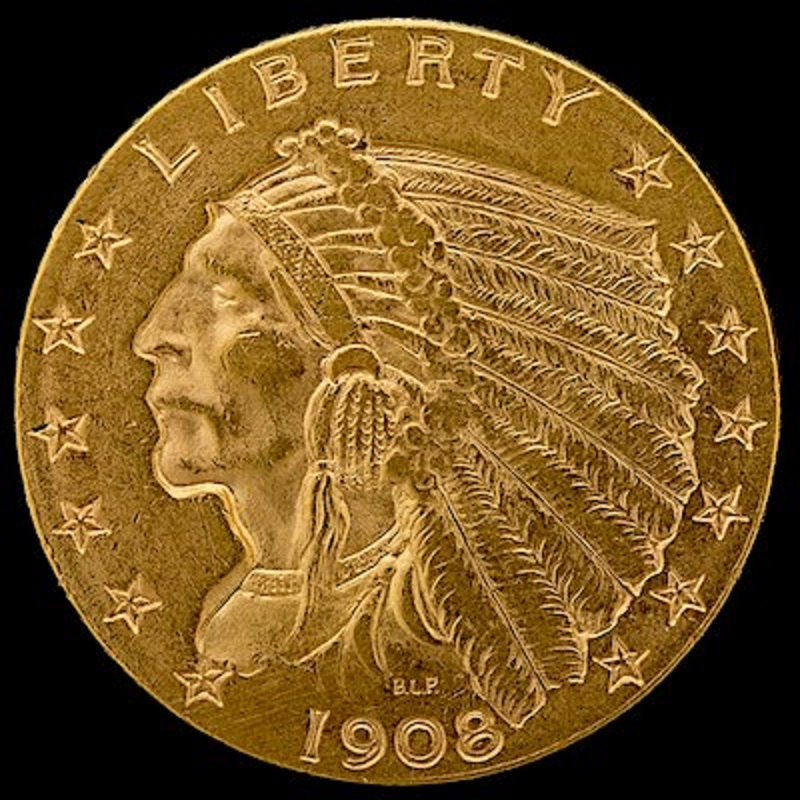
Religious ceremonies
For thousands of years, gold has been used in religious ceremonies and rituals across civilizations. Early Chinese records from the sixth century show that gold accessories were used at funerals to decorate the bodies of the deceased. This has been confirmed by pure gold accessories found in tombs from that period.
Gold was often used to cast crosses, chalices, and altars during the Middle Ages in Europe. It was common for wealthy individuals of the ancient Romans to be buried with jewelry, gold coins, and other accessories.
Elaborate funerals for dead pharaohs in ancient Egypt and in Mesopotamia made extensive use of gold accessories. In fact, all the gold in ancient Egypt was considered the property of the pharaoh.
The Egyptians believed that the skin of the gods was made of gold and that this metal had the power to protect the deceased in the afterlife because of its connection to the sun god Ra. The deceased were often adorned with funeral masks and other jewelry made from gold while other gold objects were placed inside the tomb for their use in the afterlife.
Gold jewelry and other artifacts such as gold crowns, belts, and amulets have been found in tombs and burial sites in ancient Egypt, Mesopotamia, Siberia, Korea, and Greece. Greece and many other cultures. In Korea, collections of gold bars and other precious objects in mausoleums reflect the deceased’s status in society.
Medicine
Many ancient cultures believed that gold had medicinal properties and was used to prepare a variety of elixirs and poisons. Ancient Indian, Chinese and Egyptian cultures established that gold and organic gold compounds have anti-cancer and antibacterial effects against a variety of diseases.
The Chinese were the first to heal with gold as early as 2500 BC. Alchemists in ancient China devised a way to refine gold into powder and foil to form useful medicines widely used by doctors and surgeons.
Gold was widely used to remove mercury from the ears, treat wounds, sore eyes and diseases such as syphilis, smallpox, skin ulcers as well as measles.
Decorations and art
Ancient Egyptians used gold as decoration for buildings and furniture such as beds and chairs. The sanctuaries of the temples were decorated with golden scepters and other manifestations of artistic excellence. The pyramids on top of the pyramid and the obelisk are also gilded with gold.
Many ancient weapons made by the Greeks and Romans such as scabbards and swords dating from 340 BC feature stylish decorations made of gold. These works, some of which are on display at the Metropolitan Museum of Art in New York, show how ancient craftsmen used gold to elaborately decorate a variety of items.
Other works of art made of gold from ancient civilizations have been found around the world such as the statue of Amun from ancient Egypt (945 – 712 BC) made of pure gold and the Iconic Christian paintings from the Middle Ages containing gold leaf were used. to enhance vision.
